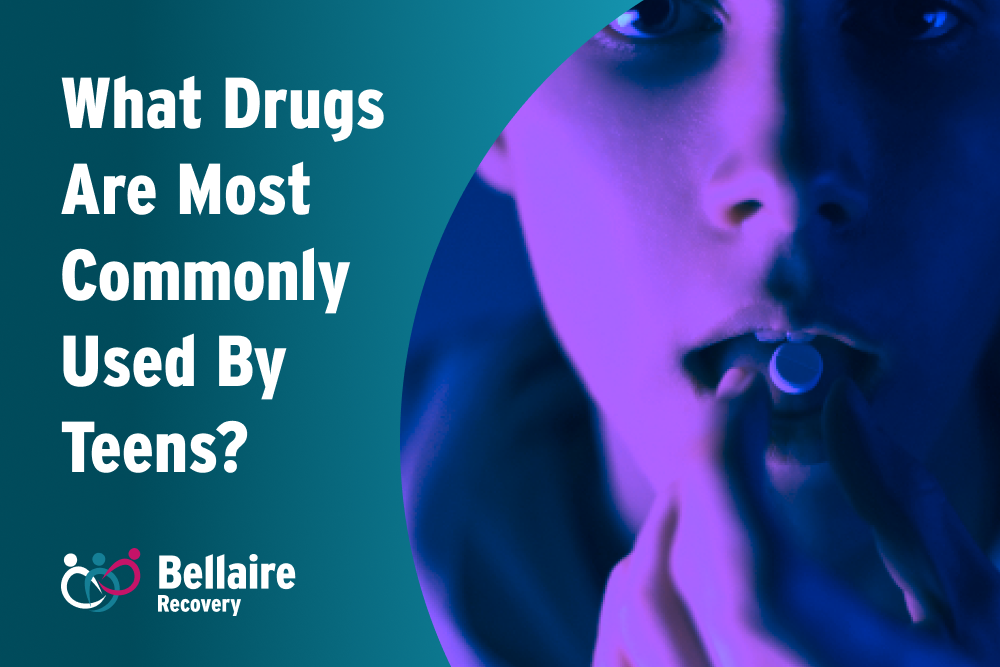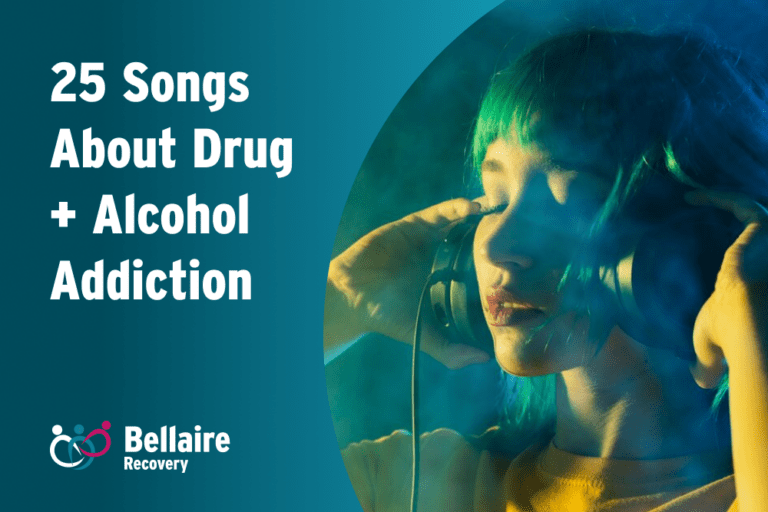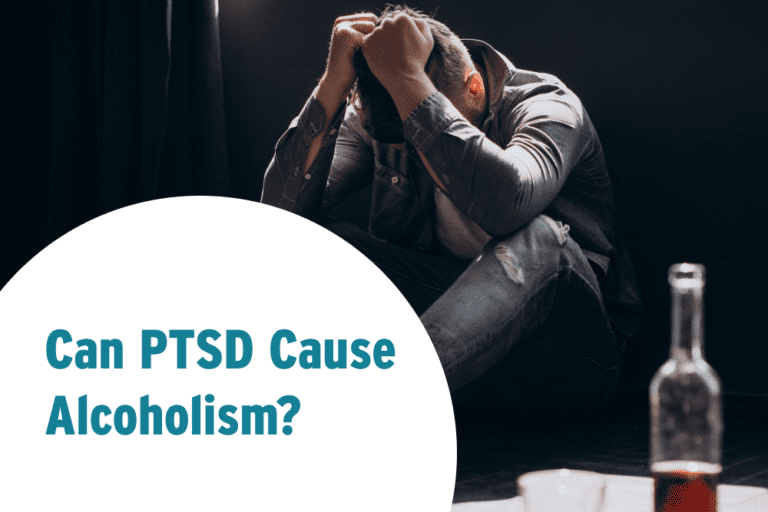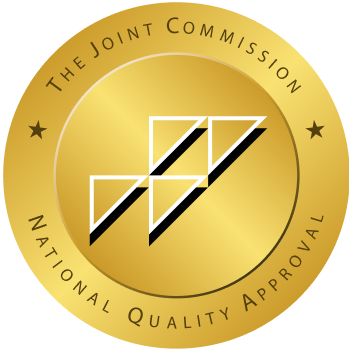In today’s challenging landscape for teenagers, one of the most alarming concerns is the widespread use of drugs among adolescents. This issue demands our urgent attention as it poses serious risks to the well-being and future of our young population.
In this article, we will delve into the unsettling prevalence of ‘teen drug use,’ highlighting the gravity of the situation.
We’ll explore the most common substances that entangle teenagers and emphasize the critical need for rehabilitation and detoxification as essential steps in addressing this pressing issue.
By comprehending the severity of teen drug use and the crucial role of treatment, we can collectively work towards safeguarding the well-being of our youth.
What Are Teens Using?
To initiate our exploration, let’s closely examine the substances that insidiously weave their way into the lives of young adults. From the prevalent use of marijuana to the misuse of prescription medications, the allure of alcohol, the grip of nicotine, and the emergence of synthetic drugs, teenagers often encounter a myriad of substances during their formative years.
It is imperative to comprehend the nature of these substances, their potential effects, and the reasons some teens may gravitate toward them. This knowledge serves as a vital tool in fostering awareness and empowering individuals to make informed decisions.
So, brace yourselves as we plunge into the intricate world of teen drug use, unraveling the what, why, and how behind the choices that some adolescents make. Additionally, we’ll shed light on the pivotal role that rehabilitation and detoxification play in breaking the chains of substance abuse among teens.
Marijuana
Marijuana, often referred to as weed or pot, is a plant known scientifically as Cannabis. Its distinctive green leaves contain a mind-altering chemical called THC, which is responsible for the effects people seek when using it.
It’s one of the most common drugs teenagers take for various reasons. Some may be curious about its effects, while others might see it as a way to fit in or cope with stress. Understanding these motivations helps us address the root causes of use.
Short-Term Effects of Marijuana on Teens:
- Altered Perception: Marijuana use can result in a distorted perception of reality, affecting how teens experience and interpret their surroundings.
- Impaired Memory: Short-term memory can be adversely impacted by marijuana, leading to difficulty recalling recent events or information.
- Slowed Coordination: Marijuana use may temporarily impair motor skills and coordination, affecting physical abilities.
Long-Term Effects of Marijuana on Teens:
- Memory Problems: Persistent marijuana use during adolescence may contribute to long-term memory issues, impacting academic and cognitive performance.
- Decline in Academic Performance: Long-term marijuana use has been associated with a decline in academic achievement, potentially affecting future educational and career opportunities.
Alcohol
Alcohol is one of the most used and abused substances. Teen alcohol use is a prevalent issue, with many adolescents experimenting with alcoholic beverages. It’s essential to understand the dynamics of this behavior and its potential consequences.
Underage drinking poses significant risks. From impaired judgment and increased vulnerability to accidents to the potential for alcohol dependency later in life, the dangers are far-reaching. Recognizing these risks is crucial for informed decision-making.
Short-Term Effects of Alcohol on Teens:
- Impaired Coordination: Alcohol consumption can lead to decreased motor skills and coordination in the short term.
- Slurred Speech: Teens under the influence of alcohol may experience difficulty articulating words, leading to slurred speech.
- Altered Perception: Alcohol can distort the way teens perceive their surroundings, impacting judgment and decision-making.
Long-Term Effects of Alcohol on Teens:
- Damage to Developing Brain: Persistent alcohol use during adolescence can result in lasting damage to the developing brain, affecting cognitive functions and memory.
- Increased Risk of Alcohol-Related Disorders: Long-term alcohol use in teens elevates the risk of developing alcohol-related disorders later in life, such as alcohol dependence and addiction.
Importance of Understanding Both Immediate and Lasting Impacts:
- Comprehensive Awareness: Knowing the short-term effects informs immediate consequences while understanding the long-term impacts emphasizes the potential for lasting harm.
- Informed Decision-Making: Awareness of both immediate and lasting effects is vital for teens, parents, and educators to make informed decisions about alcohol consumption and its potential consequences.
The legal implications of underage drinking are serious. Consequences may include fines, community service, or even legal action against parents in some cases. Understanding the legal repercussions emphasizes the importance of responsible choices when it comes to alcohol consumption for teenagers.
Nicotine and Vaping
Vaping, powered by electronic cigarettes or e-cigarettes, has become a widespread trend among teens. These devices heat the liquid, often containing nicotine, creating an aerosol that is inhaled.
Another of the most commonly used drugs abused by teens is nicotine. Nicotine, the addictive substance in tobacco, is a central player in vaping. It can lead to addiction and have adverse effects on the developing brains of teens.
Here are some of the effects of nicotine on a teenager’s developing brain:
- Disruption of Neurotransmitters: Nicotine influences neurotransmitters, the chemical messengers that transmit signals between nerve cells. This interference can disrupt the delicate balance of neurotransmitters in the developing brain.
- Impact on Learning and Memory: The adolescent brain undergoes significant changes related to learning and memory. Nicotine can interfere with these processes, potentially affecting cognitive functions and academic performance.
- Increased Risk of Addiction: Teenagers are more susceptible to addiction than adults, and nicotine can exploit this vulnerability. Exposure to nicotine during adolescence increases the risk of developing a lifelong dependence on nicotine-containing products.
- Altered Brain Structure: Nicotine can lead to alterations in brain structure, particularly in areas associated with attention, impulse control, and mood regulation. These changes may contribute to behavioral issues and mood disorders.
- Heightened Sensitivity: The developing brain is highly sensitive to external influences. Nicotine exposure during this critical period can prime the brain for heightened sensitivity to other addictive substances, potentially paving the way for future substance abuse.
Vaping holds a unique allure for teens. Its discreet nature, variety of flavors, and the perception that it’s less harmful than traditional smoking make it enticing.
Vaping is not without consequences. From respiratory issues to potential long-term health effects, understanding the risks associated with inhaling vaping aerosols is essential. Moreover, the addictive nature of nicotine raises the stakes, emphasizing the importance of informed choices when it comes to vaping among teens.
Inhalants
Inhalants represent a lesser-known but significant category of substances that some teenagers unfortunately misuse. These substances, commonly found in everyday household items, can produce mind-altering effects when inhaled.
While inhalant abuse might seem less prevalent than other forms of substance misuse, its potential dangers and impact on a teenager’s developing brain make it a matter of serious concern.
Common Inhalants:
- Glue: Household glue containing volatile solvents.
- Aerosol Sprays: Products like spray paint, deodorant, or air fresheners.
- Nitrous Oxide: Found in whipped cream dispensers and certain canned goods.
- Gasoline and Cleaning Fluids: Substances readily available at home.
Effects on the Developing Brain:
- Neurological Damage: Inhalants can cause widespread damage to the nervous system, impacting the brain’s structure and function.
- Impaired Cognitive Functions: Regular inhalant use may lead to difficulties in concentration, memory, and problem-solving skills.
- Mood Disturbances: Inhalants can induce mood swings, aggression, and heightened irritability.
- Delayed Development: The developing brain is particularly vulnerable, and inhalant abuse may interfere with normal developmental processes.
- Risk of Addiction: Although inhalants themselves may not be highly addictive, the risk of developing addiction to other substances may increase due to the altered reward pathways in the brain.
Short-Term Risks:
- Dizziness and Disorientation: Immediate effects can include lightheadedness and confusion.
- Nausea and Vomiting: Inhalant use may induce nausea and vomiting shortly after exposure.
- Accidents and Injuries: Impaired coordination and judgment increase the risk of accidents.
Inhalant abuse is not only a grave health concern but also a complex issue that necessitates awareness and intervention. Parents, educators, and healthcare professionals should be vigilant about the signs of inhalant abuse and work collaboratively to prevent and address this risky behavior among teenagers.
Make Wise Decisions, Thrive Safely!
Navigating the tumultuous terrain of peer pressure, societal expectations, and the myriad challenges that teens face demands careful consideration, especially when it comes to the looming specter of drug addiction. Throughout this blog post, we’ve delved into the intricate world of teenage drug use, shedding light on the substances that entangle young lives and the reasons behind these choices.
If you or someone you know is struggling with substance use and needs support, don’t hesitate to reach out to us. At Bellair Recovery Inc., we have dedicated professionals ready to help at our addiction treatment center.
Taking the step to seek help for drug addiction is a courageous move towards a healthier and brighter future, especially for teenagers caught in the grip of substance abuse. Let’s collectively choose a path of informed choices, offering unwavering support to help teens not only survive but thrive through the challenges of overcoming addiction. The journey towards recovery is uniquely theirs to navigate.






